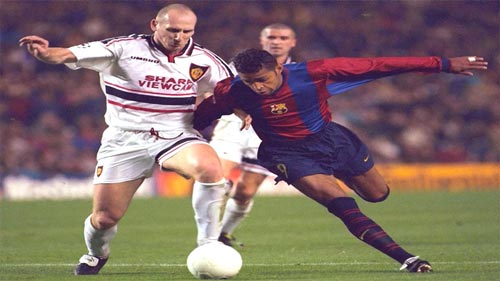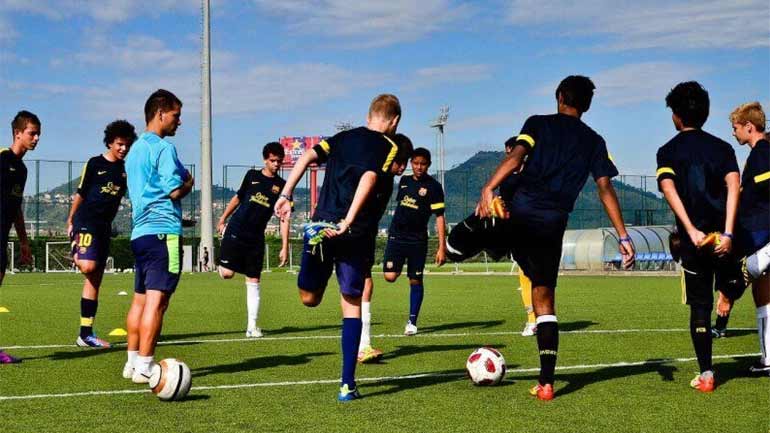
The popularity of flag football is growing nationwide. However, this non-contact version of the game doesn’t mean your child doesn’t need the right protective gear. So how do you choose a flag football helmet? The player’s head should fit snugly around the helmet’s front, sides, and crown. Any space shouldn’t separate the cheek pads and the player’s face. The chin strap should be tight against the player’s chin, keeping the helmet from rocking up and down or moving from side to side. Here are other factors you need to consider:
Comfort
The most important factor for youth players looking to play flag football is finding a helmet that fits well. The best way to do this is to measure their head circumference using a tape or string. Afterward, flag football helmets should be adjusted so that their edge rests about an inch to an inch-and-a-half above their eyebrows, leaving room for them to see their surroundings. They also want to adjust the chin strap to sit low on the brow line. The best chin straps are designed to be comfortable and secure while not too tight or loose, so the athlete will not be tempted to remove them during games.
Visibility
A helmet that doesn’t restrict your child’s field of vision is important. This allows them to see their teammates and the ball. It also helps them avoid collisions and accidental bumps with other players.
Most helmets come with a visor that fits into the facemask. Always check with your league or coach to ensure the visor is allowed during games and practices. If the visor is tinted, it may be illegal to wear during play in certain leagues.
While helmets aren’t required for most flag football kids, they are essential for many players. Research shows that wearing a helmet can reduce the risk of concussions and other injuries, especially if used properly. A helmet that has been tested and certified to the NOCSAE standard can help prevent brain trauma in the event of an impact.
Several manufacturers produce helmets that are designed specifically for use in youth flag football and other contact sports. A soft shell helmet, which has earned a five-star rating from Virginia Tech’s Helmet Lab, is molded using high-quality impact foams and has been tested to ensure it can absorb the force of an impact. The helmets are also made to fit children’s heads securely and comfortably. They are made with a flexible shell, adjustable inner padding, and a chinstrap that can be tightened to provide a snug fit without pinching or creating long straps sticking out of the sides.
Concussion Prevention
In addition to providing excellent protection for your head during collisions with other players, the best flag football helmets also feature dynamic impact reduction. This is done with an advanced polycarbonate layer inside the helmet that absorbs force and dissipates energy to prevent damage to your brain. Look for a helmet with this technology and tested by an independent lab.
While football leagues across the country are reporting year-over-year growth in participation in youth flag football, many parents still worry about injuries and even concussions. While flag football is a much safer alternative to tackle football, the occasional head-on collision with another player could lead to serious injury. This is why many leagues now require all kids to wear a helmet.
When choosing a helmet, ensure it fits your child’s head perfectly. Please measure the circumference of their head using a tape measure, then use the helmet size chart to find the right helmet. Check the fit of the jaw pads, which snap in place, to ensure they’re resting on your child’s cheeks without squeezing or leaving a gap. Also, the ear holes on the helmet should line up with your child’s ears. Lastly, test the fit of the facemask by shaking and tugging it from left to right, up and down, to see that it doesn’t easily slide up on the forehead or down over the eyes.
Safety
A flag football helmet should have impact-absorbing padding to reduce the risk of head injuries. When choosing a flag football helmet, be sure it has the right size for your child’s head. Have a friend or parent measure your head with measuring tape about 1 inch above the eyebrows and wrap it around your skull. Record this measurement and refer to the helmet size chart you plan to buy.
A good fit is important to prevent the helmet from falling off while playing, which could lead to an injury. When a helmet fits correctly, there shouldn’t be any space between your forehead and the pad or between the jaw pads and your neck. Also, the chin strap should be securely fastened and centered under the chin, not at the back of the head or to one side. If your league allows it, consider buying a visor to go into the face mask. These can reduce glare on sunny days and improve visibility. They are also a great addition to your child’s gear bag for non-contact games in case of rain.




